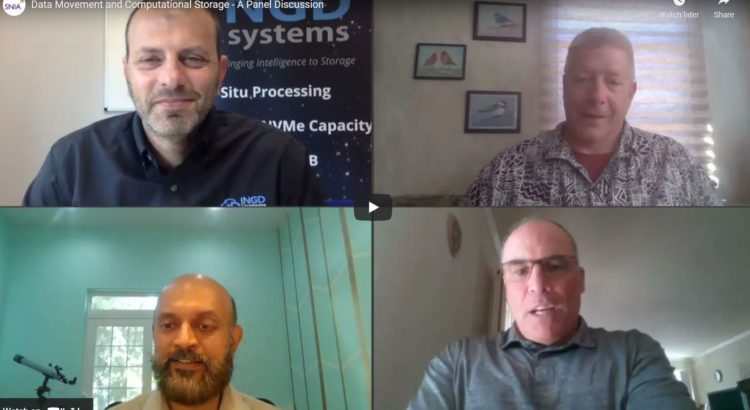
What’s New in Computational Storage? A Conversation with SNIA Leadership
The latest revisions of the SNIA Computational Storage Architecture and Programming Model Version 0.8 Revision 0 and the Computational Storage API v0.5 rev 0 are now live on the SNIA website. Interested to know what has been added to the specifications, SNIAOnStorage met “virtually” with Jason Molgaard, Co-Chair of the SNIA Computational Storage Technical Work Group, and Bill Martin, Co-Chair of the SNIA Technical Council and editor of the specifications, to get the details.
Both SNIA volunteer leaders stressed that they welcome ideas about the specifications and invite industry colleagues to join them in continuing to define computational storage standards. The two documents are working documents – continually being refined and enhanced. If you are not a SNIA member, you can submit public comments via the SNIA Feedback Portal. To learn if your company is a SNIA member, check the SNIA membership list. If you are a SNIA member, go here to join the Computational Storage Technical Work Group member work area. The Computational Storage Technical Work Group chairs also welcome your emails. Reach out to them at computationaltwg-chair@snia.org. Read More








